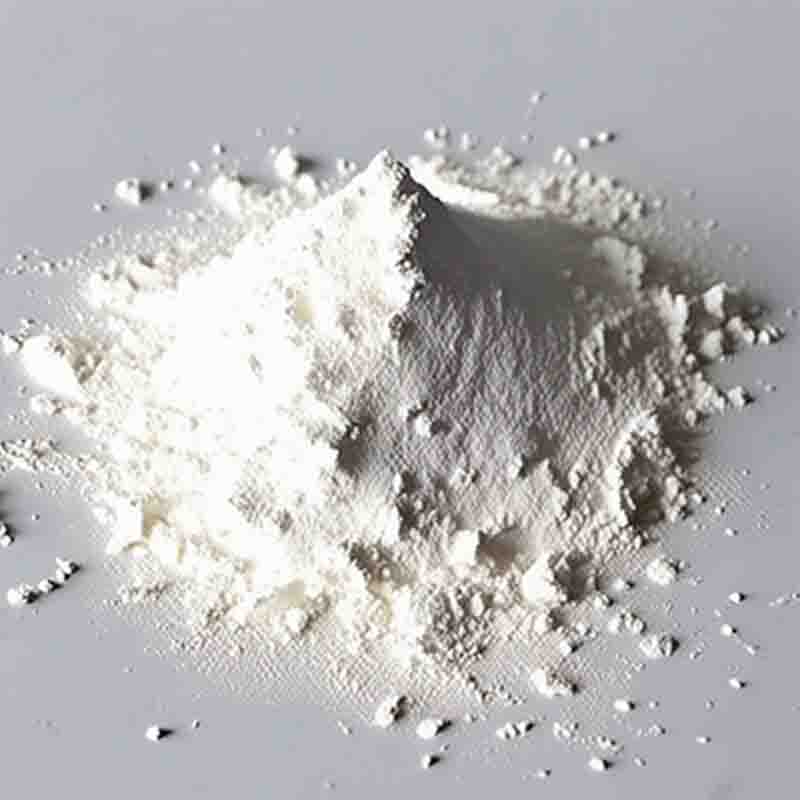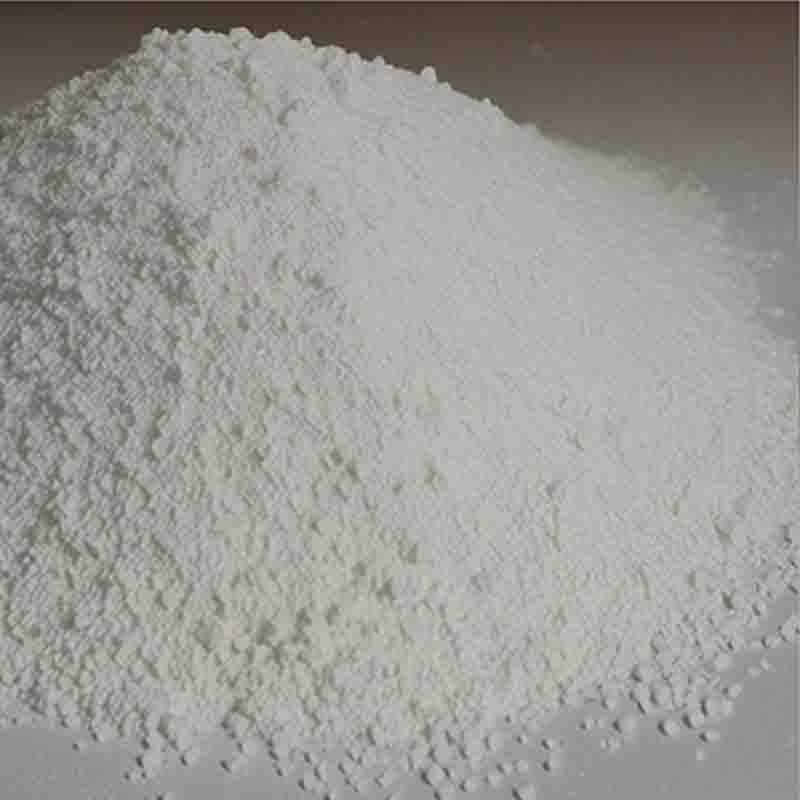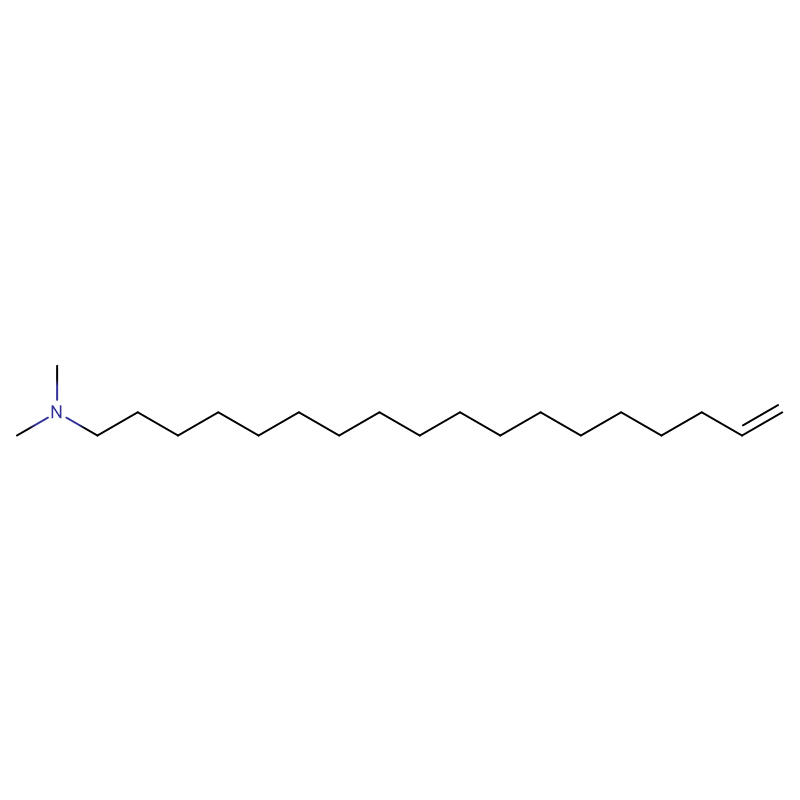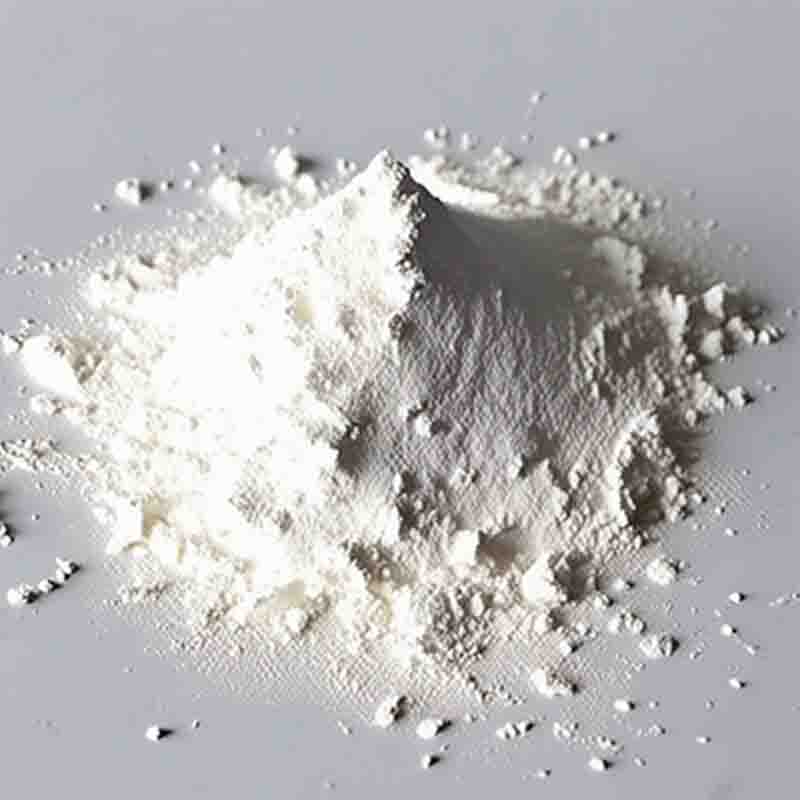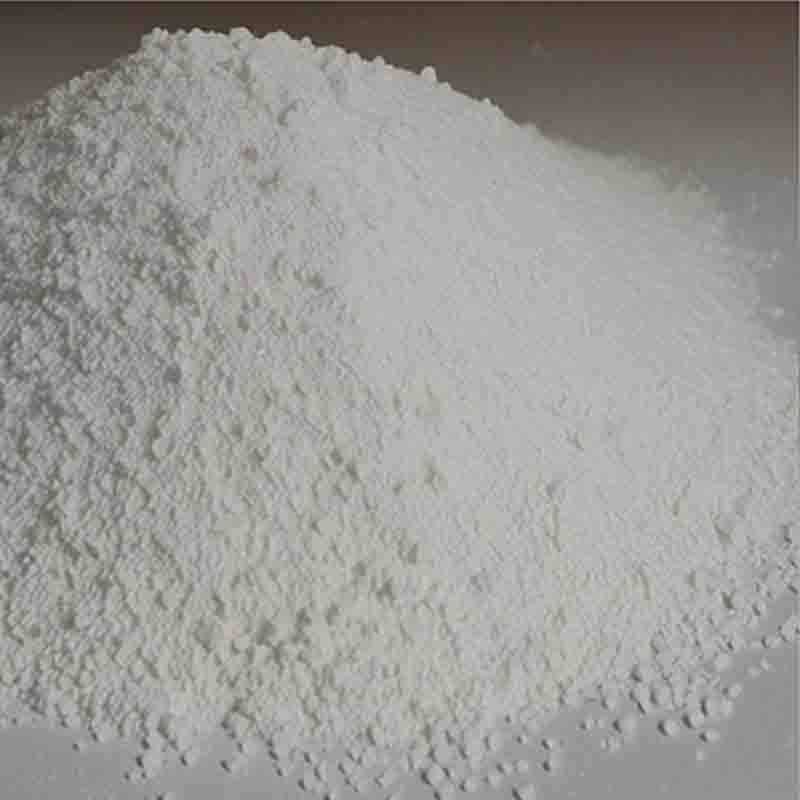2,2,3,3-TetramethylcyclopropanecarboxylicAcid CAS:15641-58-4
| Catalog Number | XD95532 |
| Product Name | 2,2,3,3-TetramethylcyclopropanecarboxylicAcid |
| CAS | 15641-58-4 |
| Molecular Formula | C8H14O2 |
| Molecular Weight | 142.2 |
| Storage Details | Ambient |
Product Specification
| Appearance | White powder |
| Assay | 99% min |
2,2,3,3-Tetramethylcyclopropanecarboxylic acid, also known as TMCCA, is an organic compound with several notable effects and applications. Here, we will explore some of its key properties and effects.One important effect of TMCCA is its ability to act as a versatile building block in organic synthesis. Its cyclopropane ring provides a unique three-membered carbon framework, making it a valuable starting material for the synthesis of complex organic molecules. TMCCA can undergo various functional group transformations, such as oxidation, reduction, and substitution reactions, allowing chemists to introduce different chemical groups into the cyclopropane structure and generate diverse compounds.Another notable effect of TMCCA is its steric hindrance due to the bulky methyl groups attached to the cyclopropane ring. This steric hindrance makes TMCCA an excellent ligand in transition metal catalysis. It can coordinate to metal centers and modulate their reactivity, leading to high selectivity in catalytic reactions. TMCCA-based ligands have been successfully employed in asymmetric catalysis to prepare enantioenriched compounds, which are essential building blocks for pharmaceuticals, agrochemicals, and other fine chemicals.Furthermore, TMCCA has been explored for its medicinal properties. It has shown potential as an antifungal agent, particularly against Candida species. Studies have demonstrated that TMCCA inhibits the growth of these fungi by disrupting their cell membranes, making it a promising candidate for the development of new antifungal drugs.In addition to its direct effects, TMCCA also plays a role as a chiral auxiliary. By attaching a chiral group to the cyclopropane framework, TMCCA can induce chirality in neighboring functional groups during reactions. This allows for the control of stereoselectivity in organic synthesis, enabling the preparation of enantiomerically pure compounds.It is important to note that TMCCA, like any chemical compound, should be handled with care, following proper safety precautions. It is advisable to consult safety data sheets and relevant guidelines when working with TMCCA to ensure safe handling and storage.In summary, 2,2,3,3-Tetramethylcyclopropanecarboxylic acid (TMCCA) exhibits diverse effects and applications in organic synthesis, catalysis, medicinal chemistry, and chiral transformations. Its unique three-membered ring structure and steric hindrance make TMCCA a valuable building block and ligand. Its potential antifungal properties and role as a chiral auxiliary further contribute to its significance in various scientific fields.


